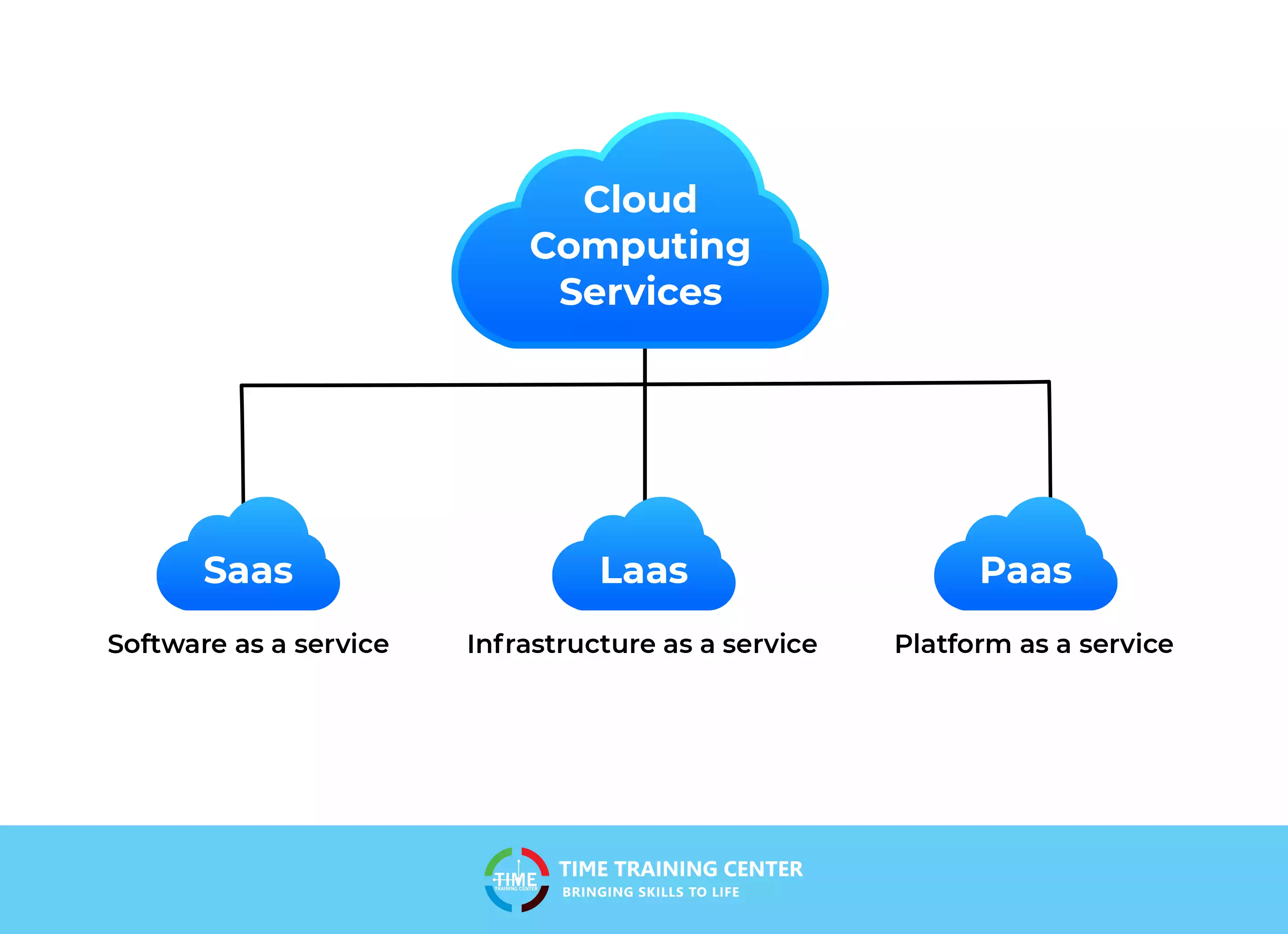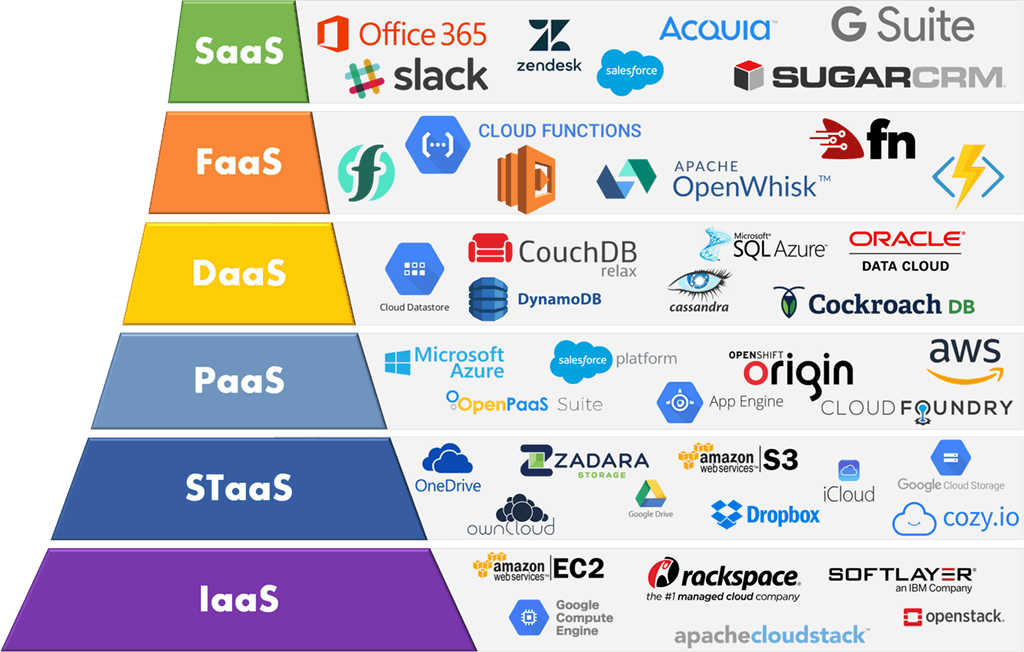Necessary Cloud Services for Modern Organizations: A Full Review
Necessary Cloud Services for Modern Organizations: A Full Review
Blog Article
Transform Your IT Framework With Cloud Solutions
In today's fast-paced organization landscape, the role of IT infrastructure can not be undervalued. Embracing cloud services uses organizations a myriad of benefits, from increased adaptability to improved cooperation. Nonetheless, the trip to changing your IT infrastructure is not without its challenges. As modern technology continues to advance, staying in advance of the contour and making notified choices about cloud services is extremely important. The crucial depend on understanding just how cloud services can improve your company's IT landscape and drive innovation.
Benefits of Cloud Solutions
Leveraging cloud solutions offers companies a affordable and scalable solution for handling their IT infrastructure. Among the vital benefits of cloud solutions is the versatility they offer. Organizations can easily scale their resources up or down based upon their current demands, permitting reliable source allowance. This scalability also enables businesses to swiftly adjust to changing market conditions without the demand for considerable upfront investments in equipment or framework.

Moreover, cloud services promote cooperation and remote job by giving employees with accessibility to information and applications from anywhere with a web connection. This availability boosts efficiency and allows for seamless collaboration amongst employee, no matter of their physical location. On the whole, the advantages of cloud solutions are large, making them an appealing option for companies seeking to modernize their IT framework.
Migration Methods
To effectively change to cloud solutions, companies have to carefully execute and plan migration approaches that line up with their business objectives and IT demands. The initial step in this process is to conduct an extensive evaluation of the existing IT facilities to identify which data and applications can be migrated to the cloud. Organizations should focus on workloads based on variables such as security requirements, performance demands, and conformity regulations.
As soon as the analysis is complete, companies can choose the most suitable migration strategy. This can include rehosting, refactoring, rearchitecting, or rebuilding applications for the cloud setting. It's necessary to consider variables like intricacy, time, and cost restrictions when picking the movement technique.
Furthermore, organizations should create a detailed movement plan that outlines the timeline, resources, and duties for every action of the movement procedure - Cloud Services. Regular screening and monitoring are important to make sure a smooth change and reduce disruptions to organization operations. By following these migration techniques, organizations can unlock the complete capacity of cloud services and drive advancement within their IT infrastructure
Safety And Security Considerations
Making sure robust security procedures is extremely important when integrating cloud solutions right into an organization's IT facilities. The change to the cloud brings special protection considerations that have to be dealt with to protect sensitive information and keep functional integrity.
Additionally, carrying out solid accessibility controls is crucial. This entails defining customer approvals, authentication protocols, and monitoring accessibility to prevent unapproved individuals from getting access to delicate resources. Normal security audits and evaluations are necessary to make sure and determine susceptabilities compliance with sector guidelines.
Moreover, organizations ought to have a durable event feedback plan in position to quickly resolve protection breaches or information concessions. This strategy must describe actions to have the event, mitigate damages, and restore typical operations effectively. By focusing on safety factors to consider and carrying out aggressive steps, companies can with confidence utilize cloud solutions while guarding their digital possessions.
Cost-Saving Tips
When streamlining IT infrastructure with cloud services, companies can maximize their budget with calculated cost-saving pointers. Additionally, companies can save on functional prices by lowering the demand for on-site maintenance and support staff, as numerous cloud services provide automated updates and support.
One more cost-saving idea is to meticulously adjust and keep track of cloud usage to avoid unnecessary expenses. By on a regular basis examining use information and scaling resources up or down based upon need, organizations can ensure they are not spending too much on extra capability. In addition, considering hybrid or multi-cloud cloud solutions can also lead to cost financial savings by permitting companies to pick one of the most economical services for each workload.
Future Patterns
The evolution of cloud solutions is shaping the future landscape of IT facilities. As we look ahead, a number of key patterns are positioned to influence just how organizations utilize cloud services to improve their IT procedures.
Another noticeable trend is the increase of side computing together with cloud services. Side computer brings processing closer to the information resource, decreasing latency and making it possible for real-time data analysis. This fad is particularly crucial in markets such as IoT, autonomous cars, and medical care, where immediate decision-making is crucial.
Additionally, the combination of expert system (AI) and machine discovering (ML) capabilities into cloud solutions is established to redefine exactly how companies remove insights from their data. AI-driven automation, predictive analytics, and personalized client experiences are just a few of the methods AI and Cloud Services ML are revolutionizing cloud services.
Final Thought
To conclude, cloud services use various advantages for companies aiming to transform their IT facilities. By implementing migration techniques tailored to certain requirements and focusing on security considerations, companies can accomplish expense savings and improved efficiency. Embracing cloud services can lead to a more agile and competitive organization landscape, permitting for better flexibility to transforming market problems and improved collaboration among groups. As companies remain to take advantage of cloud services, they can stay ahead of future fads and drive technology in the digital age.

Making sure durable security procedures is extremely important when integrating cloud solutions right into an organization's IT facilities.In final thought, cloud solutions provide many benefits for organizations looking to transform their IT facilities.
Report this page